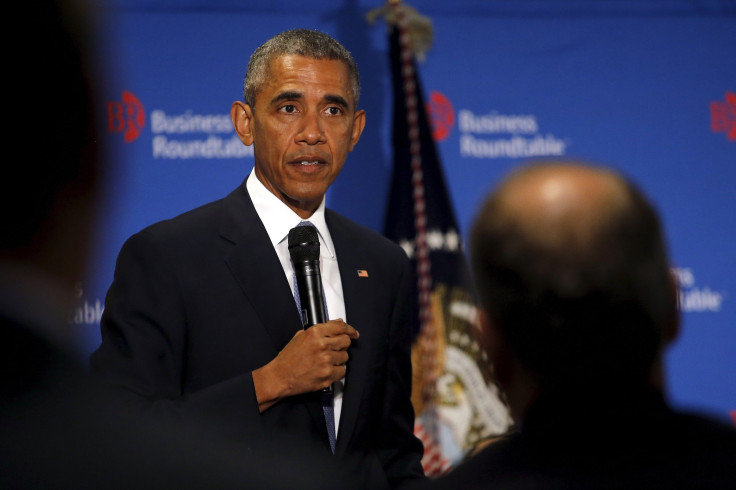What Is The Carried Interest Tax Loophole?

There are not many issues that unite property mogul Donald Trump and former Florida Gov. Jeb Bush, bitter opponents in the race for the GOP presidential nod. There are even fewer that unite those two with President Obama.
But all three have now indicated their support for ending a tax rule that allows hedge funds, private equity firms and venture capitalists to avoid billions of dollars in taxes each year. The so-called carried interest loophole, as Obama has characterized it, has long been a target of Democratic reform, but they have so far fallen short.
Bringing the issue back into the political scrum, Obama has called it an “area of common ground,” proposing that ending the exemption could help balance budgets -- and avoid another government shutdown.
What is carried interest, and why does it matter?
How The Industry Works
Hedge funds, private equity firms and similar vehicles are typically structured as investment partnerships. The managers, collectively, are the “general partner.” Outside investors like pension funds and wealthy individuals -- the “limited partners” -- fork over hefty sums, trusting the partnerships to grow their wealth.
Private equity firms restructure companies in order to extract greater profits from them. Hedge funds strategically buy and sell assets. After a time, the original pension funds and wealthy individuals get their money back -- plus whatever gains the investments accrued, minus fees.
In both cases, the fee structure usually looks something like “2-and-20”: The general partner takes an automatic 2 percent cut on the investments, plus an additional 20 percent incentive fee of whatever additional gains they realize over benchmarks.
The 2 percent is treated like ordinary income and taxed accordingly. But the 20 percent incentive fee is often deemed “carried interest.” Through a quirk in the tax code, incentive fees are allowed to be taxed a rate some 20 percent less than they would as income.
Why Carried Interest Is Different
Although incentive fees are structured to reward investment managers for their hard work, the income is treated as “capital gains,” not earnings derived from labor.
Capital gains are simply the appreciation of any asset you own that gets more valuable. If you buy a share of XYZ Corp at $20 and sell it next year at $30, you will owe a 20 percent capital gains tax on that $10 difference.
By characterizing the carried interest fee as a capital gain -- and not a fee for a service rendered -- hedge fund and private equity managers successfully avoid much higher income taxes, which max out at 39.6 percent.
What Do Experts Think?
Defenders of the carried interest rule argue that it promotes entrepreneurial risk-taking. Venture capitalists go out on a limb supporting early stage companies, they say. By treating subsequent profits as carried interest and not income, the tax rules encourage investors to put their capital to productive use.
In an op-ed defending the arrangement, Private Equity Growth Capital Council CEO Steve Judge wrote, “The capital gains rate exists to provide incentive for investment partnerships to take risks, invest hundreds of billions of dollars of capital into new and existing businesses and contribute operational expertise to improve these businesses over time.”
But many tax professionals are not convinced. According to the Tax Policy Center, "Few, if any, analysts believe that carried interest represents entirely a return to capital rather than labor."
“I think it’s odd that people making that much money off of essentially labor income should be paying lower rates than…their secretaries are, to put it baldly,” Michael Graetz, deputy undersecretary of tax policy for George H.W. Bush, has written.
It all comes down to how one characterizes incentive fees. If you see them as capital gains on risky investments, like restructuring a flagging company, you’re likely to support the current arrangement. But if you see incentive fees as payments for services rendered to clients, reform might look more attractive.
How Much Does This Matter?
As a political prop, the issue is a surefire way to stoke populist ire. But as a matter of tax revenue, it’s up for debate.
The Treasury Department has calculated that closing the carried interest loophole would generate around $1.8 billion a year -- not exactly a windfall for a government that collected more than $3 trillion in taxes in 2014.
But experts have questioned that estimate. Victor Fleischer, a tax law scholar and New York Times columnist, examined IRS data and determined that the total could be as high as $18 billion a year. That's enough to raise a little more than political hay.
© Copyright IBTimes 2025. All rights reserved.






















